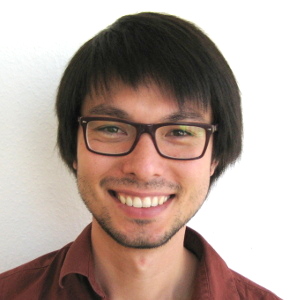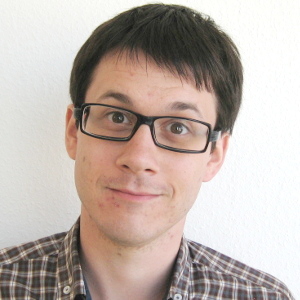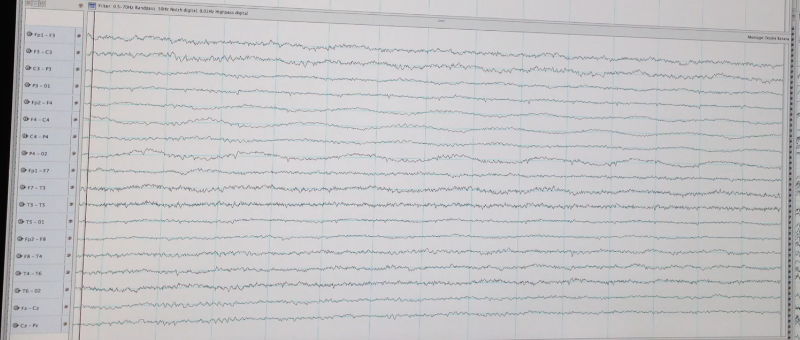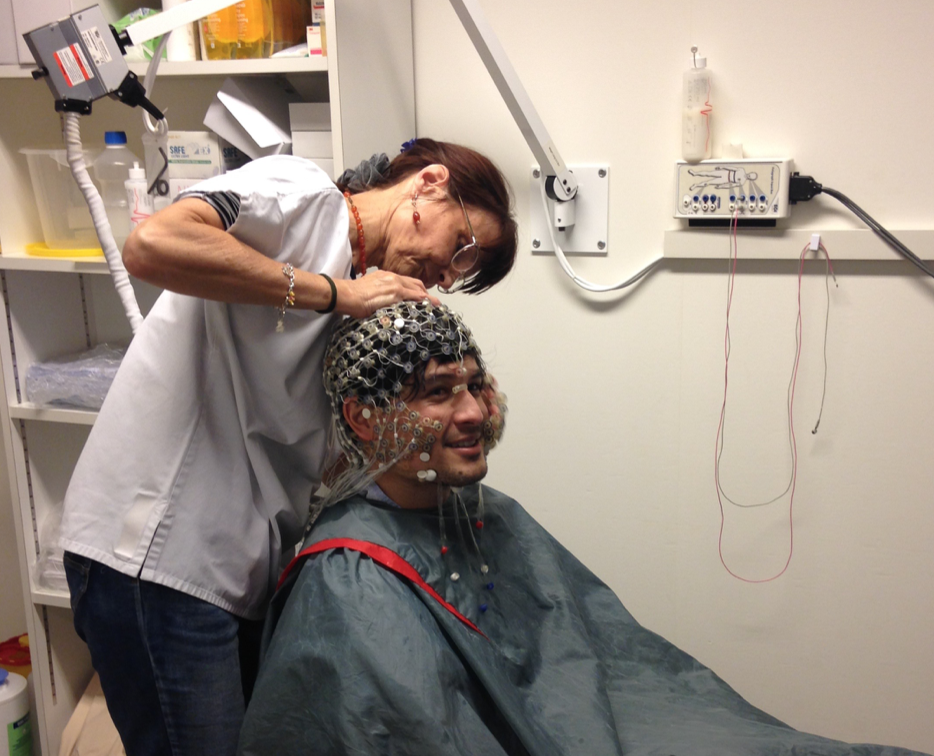How to get insights of dynamic processes in the brain
We use electroencephalograms (EEG) and near-infrared spectroscopy (NIRS) to measure the complex and dynamic processes in the brain with high temporal and spatial resolution. The EEG measures electrical potential differences accross the scalp and measures the neural activity of the brain. NIRS allows to measure the blood flow and thereby the activity of brain regions several centimeters inside the head. Combining these measurement with psychological and genetic data provides us with multiple views of a patient.
goals of the project
The projects aims at supporting doctors in diagnosis and therapy of patients with neurodegenerative diseases suffering from e.g. Alzheimer's disease, Parkinson's disease, dementia, and Multiple Sclerosis. All these diseases do not follow a predefined pattern, rather each patient has an individual disease course. This makes diagnosis and treatment a difficult task for doctors. Machine learning techniques allow to classify patients from rough risk groups up to a individual level. This brings us a big step closer to targeted therapies and a truly personalised medicin. Early diagnosis and prevention of neurodegenative diseases is very imporant for the society. Finding reliable markers and descriptors for disease outbreak and course is a hot topic in the medical community. Machine learning approaches this field by learning abstract and complex features, which allows us to build highly specialised models of a specific disease.
medical challenges
Heterogene disease courses and complex patient cohorts makes the design of a study challenging. Therefore, expert knowledge is required across different domains and renders neuroscience a veritable interdisciplinary research topic. The experimental setup, measuring and assessing the patients of the study, and interpretation of results is always done in close collaboration with neurologists as well as psychologists.
computational challenges
Modern machine learning techniques renewed the interest in neurosciences. The shift from classical statistics to sparse modeling in high dimensions allowed to find patterns in situations where older techniques were no longer reliable. Still, the development ongoing and new techniques promise furhter insights. Even with machine learning, the processing of biomedical data is still a challenge. Without flexible and adaptive models, inference and prediction would be infeasible. Our group is interested in developing and applying modern machine learning tools as well as in analysing their theoretical foundations.
This project is a collaboration with the Clinical Neurophysiology group at the University Hospital Basel and is supported by the Swiss National Science Foundation (SNF).







